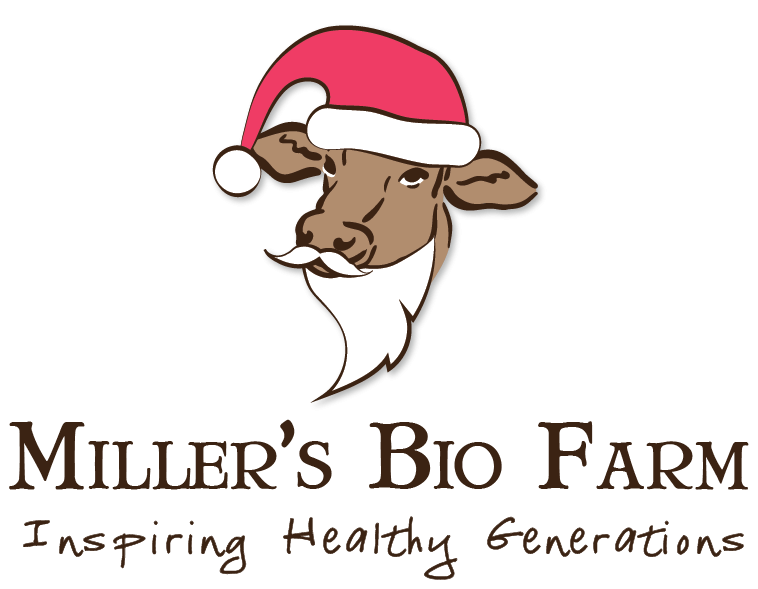We're a zero waste facility. Here's how we accomplish that impressive goal.
posted on
September 23, 2022

In case you didn’t know, Miller’s Bio Farm is a zero waste facility. I didn’t realize how impressive this is until I compared our business to the rest of the food industry.
It’s estimated that about 30% of the food you see when you walk into a grocery store is thrown away. That’s right. They just toss it in the dumpster when it’s about to expire or doesn’t look perfect. If you combine all of the retail stores in the US, it’s about 16 billion pounds of food waste per year.
Farmers do it, too. About 30-40% of food that farmers produce is never consumed. There might be a crop that turned out to be low quality. And there’s market price and consumer demand fluctuation, too.
And then there’s food waste at the manufacturer level. Human error alone accounts for more than 10% of food waste. And then there’s the waste of developing new products and running a manufacturing line several times to make it allergen-free. [1]
I mean, wow, that’s a lot of wasted food, especially considering that 10.2% of US households were food insecure at some time during 2021. That’s 13.5 million American households that didn’t always have enough to eat. [2]
If we recovered just half of the 16 billion pounds of food that’s wasted in grocery stores (not even counting farmers and manufacturers) by the 13.5 million households that are food insecure, we’d have 593 pounds of extra food per household per year. I wonder how many households would be food secure if that were the case…?
Miller’s works hard to be a zero waste facility. Any leftover raw dairy is added back to the fields to help regenerate the soil.
When raw cream for cats & dogs is made, we have leftover skim milk. And, on occasion, we may have a batch of raw fermented pet dairy that doesn’t turn out right. All of that goes into the manure pit and is eventually put back onto the fields.
Using raw dairy as fertilizer is part of what makes our farm regenerative. The enzymes and bacteria in the milk are a trigger for enhanced microbial activity in the soil. The many nutrients in milk also promote plant growth. It makes our pasture more productive and nutritious. In turn, it makes our dairy products even more nutrient dense. [3]
When we first started with pasteurized dairy, zero waste became a challenge. But, we figured it out quickly and partnered with Blessings of Hope.
When pasteurized milk goes bad, it goes bad in very bad, very dangerous ways. Farmer Aaron doesn’t want this on his fields. But, he also didn’t want to throw away milk that’s still good, but not for long enough to sell to our customers.
We partnered with Blessings of Hope, a not-for-profit organization in Leola, PA. Their goal is simple: “Hope, food, and the love of Jesus are shared with those in need.”
We donate any pasteurized milk (and other products that are about to expire) to Blessings of Hope, and they distribute it to those in need. Farmer Aaron says that it’s a very low percentage of our food inventory, well under 1%. But, we’re happy to give any extra that we have.
Blessings of Hope partners with churches, ministries, and shelters to sell large boxes of food for $9.95 (it would cost $100+ to purchase the same food in a store). This small fee pays for the cost to pack and deliver the food. The amount of food they give out is equivalent to 65,000 meals per day!
Do you struggle with food waste in your home? What do you do to reduce waste or help those in need?
I’d love to hear from you. Click the button above to comment on the blog (no account required) or reply to this email.
-----
Sources:




